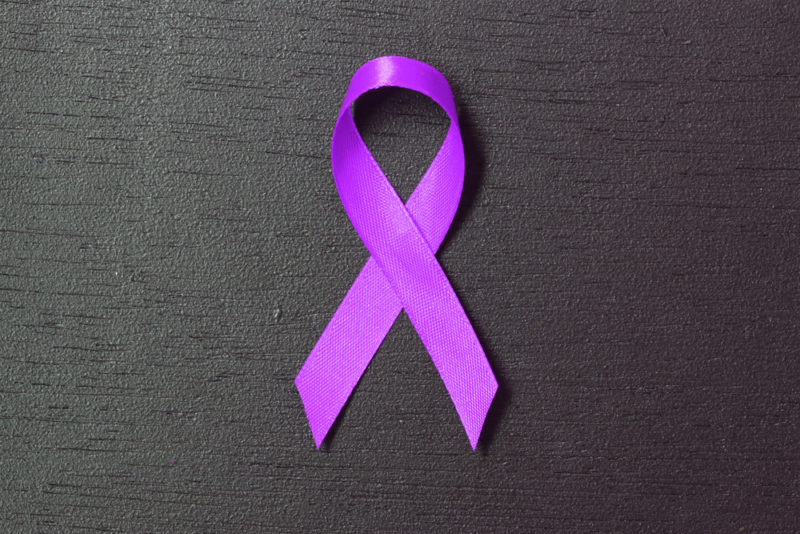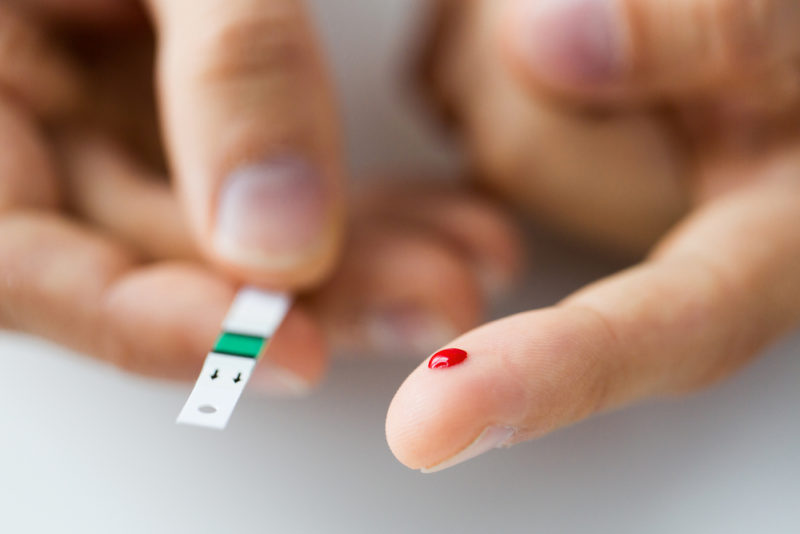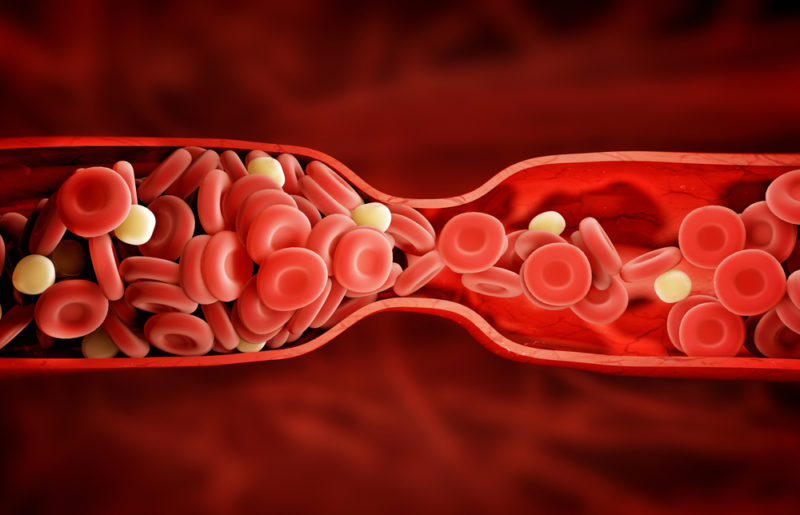According to the American Cancer Society, about 53,070 people will be diagnosed with pancreatic cancer by the end of 2016, and around 41,780 people will die from pancreatic cancer this year. Scientists don’t know exactly what causes pancreatic cancer, but it accounts for 7% of cancer deaths. There are certain known risk factors, some of which can and cannot be controlled, including:
- Tobacco Use – Smoking is one of the most important risk facots for pancreatic cancer.
- Overweight and Obesity – Obese people are 20% more likely to develop pancreatic cancer.
- Chemical Exposure – Heavy exposure to certain chemicals can raise pancreatic cancer risk.
- Age – Almost all patients who develop pancreatic cancer are older than 45.
- Gender – Men are slightly more likely to develop pancreatic cancer than women.
- Family History – Pancreatic cancer may run in families.

Maintaining a healthy lifestyle is the best way to prevent pancreatic cancer. Catching it as early as possible can lead to a higher survival rate, so it’s important to know the early warning signs:
1. Jaundice
People with pancreatic cancer commonly experience jaundice, characterized by yellowing of the eyes or skin. Jaundice is usually one of the first symptoms of pancreatic cancer, resulting from a blocked bile duct.
2. Abdominal and Lower Back Pain
Pain in the abdomen or back is common in those with pancreatic cancer. Cancers that start in the pancreas can grow fairly large and start to press on other nearby organs, causing pain. The cancer can also spread to the nerves that surround the pancreas, resulting in back pain.
3. Nausea and Vomiting
Pancreatic cancer that presses on the far end of the stomach can end up partially blocking the stomach, making it hard for food to get through. This can result in nausea, vomiting and pain that worsens after eating.
4. Unexplained Weight Loss
Sudden or unexplained weight loss is common in people with pancreatic cancer. They may also experience little or no appetite, resulting in further unintended weight loss.
5. Diabetes
Although rare, pancreatic cancer can cause diabetes, as it destroys insulin-making cells. Symptoms can include feeling hungry and thirsty, and having to urinate frequently.
6. Light-colored or Greasy Stools
When the bile duct becomes blocked, the bilirubin that gives stools their brown color can build up, resulting in pale or gray stools. If bile and pancreatic enzymes can’t get through to the intestines to help break down fats, stools can become greasy and might float.
7. Changes in Urine Color
The first sign of jaundice is often a darker urine color. As bilirubin levels increase, urine color changes and becomes brown.
8. Blood Clots
An early warning sign of pancreatic cancer can be a blood clot in a large vein, often in the leg. Symptoms can include pain, swelling, redness and warmth in the affected area. Blood clots do not automatically mean pancreatic cancer, but they should be checked out by a doctor.
9. Itchy Skin
When bilirubin builds up in the skin, it can start to itch. Along with turning yellow (jaundice), the skin can feel dry, uncomfortable and itchy.
10. Gallbladder or Liver Enlargement
If the cancer blocks the bile duct, bile can build up in the gallbladder, causing it to enlarge. Pancreatic cancer may also enlarge the liver if the cancer has spread.
Chemical exposure is believed to be one of the causes of pancreatic cancer. Check out the video below to learn how to keep yourself safe!
https://www.facebook.com/DavidAvocadoWolfe/videos/10153434277436512/
Sources:
Top 10 Home Remedies
American Cancer Society
NCBI
NCBI
American Cancer Society


